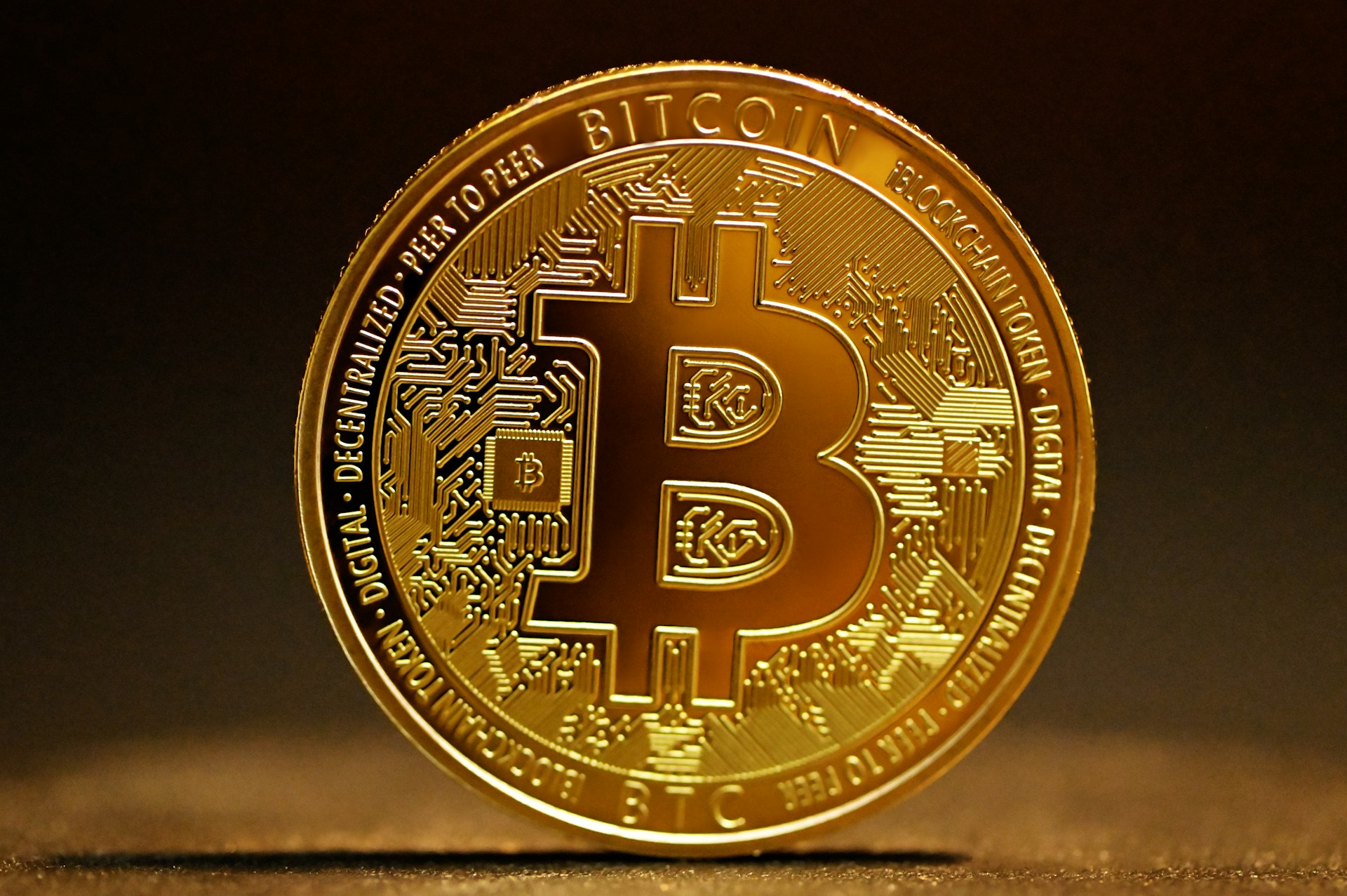Glucose monitoring brand Dexcom returns to the Super Bowl with Nick Jonas
Dexcom's 30-second commercial features Nick Jonas and the new G7 device.

Dexcom, the glucose monitoring brand, will run a 30-second spot with Nick Jonas on the Super Bowl for the second straight year—this time introducing its G7 device, which received FDA clearance in December.
Jonas, 30, was diagnosed with type 1 diabetes at the age of 13. In the new spot, he uses some sleight of hand, and some CGI, to unveil the G7, a next-generation continuous glucose monitoring system—allowing diabetics to monitor their glucose levels in real time, rather than use finger sticks.
The ad was created by the agency Marcus Thomas.
“Nick is a great spokesperson for our cause. This is somebody who's achieved incredible things with type 1 diabetes. He’s the most visible person with diabetes there is, and he hasn't let it slow him down at all,” Dexcom CEO Kevin Sayer told Ad Age. “We couldn't ask for a better spokesperson. He's fabulous.”
“Nick lends street credibility and authenticity. A human connection,” added Jamie Venorsky, Marcus Thomas partner and chief creative officer. “There’s nothing gratuitous about the use of his celebrity. His fandom is real for the product that’s so easy to use, it’s kind of like magic.”
Sayer said a Super Bowl buy was “perfect timing,” as the G7 is set to launch globally in the coming weeks.
“This product has been years in the making, and it really changes our dynamic,” he said. “With the simplicity, the accuracy, the performance and the continued connectivity we've had, we think the Super Bowl presents a perfect opportunity to introduce the world to our next-generation technology.”
Unlike many Super Bowl spots, which are brand ads, Dexcom’s is more of a product ad—though Sayer said the product really is the brand. “We do one thing. This product is what we do,” he said.
‘Magic moments’
The goal of the spot is simply to generate more awareness that the product exists, Sayer said. Last year’s spot helped Dexcom add 800,000 users to its technology in the U.S. alone. This year, nearly 5 million people using insulin are going to watch the Super Bowl—and more than 60% of them still don't use continuous glucose monitoring (CGM).
“Our ad last time had more impressions than anything we'd ever done. We expect the same thing to happen this time,” said Sayer.
The theme of magic was an apt one, he added.
“The effect we've had in people's lives is almost magical,” Sayer said. “I’ve talked with parents who literally weep and thank us for being able to alert them that their child is having a low-glucose event in the middle of the night, because that data is shared with them, or young people who play sports who never thought they could with diabetes. The effects of our technology are almost magical. That's why we thought this concept would go over well.”
The Super Bowl ad is part of a broader awareness campaign highlighting the “magic moments” people with diabetes can experience with help from their Dexcom CGM. People in the diabetes community will be asked to share the personal “magic moments” they are proud of on social media.
Dexcom has been criticized by some in the past for the cost of its device, but the company says it’s the No. 1 insurance-covered and most-reimbursed CGM on the market, with one-third of patients with commercial coverage paying $0 out of pocket and most paying less than $40 a month.

 Hollif
Hollif 









.png&h=630&w=1200&q=100&v=dc6dbebc34&c=1)





















